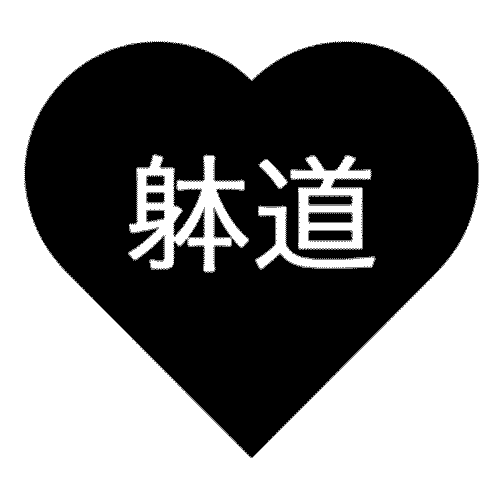Work on your balance. Everyone knows that balance is important, especially in sports. Most sports movements take place on one leg, or by transitioning the weight from one leg to another. This means shifting our balance. In Taido, the balance shifting is extremely important since we use dynamic, full-body movement through all three dimensions. Learning to control our balance is extremely useful. I wrote about this before in my article on warming up. Balancing brings together a lot of the body's resources, so it's an excellent addition to your warm-up. Challenging your balance helps "tune and prime" the nervous system's use of mechanoreception information along with visual and vestibular sensation. It also "turns on" fine motor control of muscles used in stabilizing the body. Another good reason to include balance training during your warm-up is that you warm up before every practice. This means that you will do balance training at every practice. Simple, right? It's difficult to improve without consistent practice. Balance is no different. Of course, just doing Taido movements will result in improved balance, but focusing your attention specifically on balance for a couple of minutes during your warm-up will accelerate your improvements exponentially. Plug in some balance training every time you practice, and you're overall agility and coordination will begin to improve rapidly. Your techniques will get better too.
Slow Kicks
The easiest way to practice balance is by doing slow kicks. Try doing five slow front kicks on each side, focusing on keeping your stationary foot flat on the ground. Hold your gaze steadily on some point in front of you and attempt to move your kicking leg slowly with as little loss of balance as possible. Start with low kicks and gradually work on kicking a little higher each practice. You can do five low kicks and five middle-height kicks on each side (remember, slowly...) and then move on to practice at normal speed.
Remember to breathe. Holding your breath makes this exercise much more difficult. As you extend the kicking leg, exhale slowly. It may help to count out three to five seconds as you extend the kick. Also, don't just extend the leg and then let it drop. Practice controlling your balance for the full path of the kick. For many reasons, the return trajectory that the kicking leg follows is just as important as the extension. Extend the leg with an exhale, inhale, and then exhale slowly again through the return to kamae.
After you are comfortable balancing with the most basic kick, progress to using other kicks as well. Kick to the side and back. Don't worry too much about kicking technique at first - you'll probably tense up and have difficulty balancing. Work on balance, then gradually improve your technique while balanced.
The Balance Drill
This is a drill that is just for training balance. It may work better for some people since it doesn't look like a kick. If you have trouble focusing on balance instead of technique, try the "four corner balance drill," 4CBD:
You don't have to hold each position for very long, and you don't have to hold your leg very high. At least, not at first. As your balance and leg strength improves, you'll want to gradually increase the height and duration of the holds in each position. This ensures continued improvement. You have to keep the drill challenging if you want to keep getting something out of it.
Lots of Benefits
Obviously, you can expect your kicks to improve tremendously when you start making a habit of training your balance at each practice. You'll also notice increased foot-eye coordination and surer footing when stepping and moving in unsoku (due to increased foot and leg sensitivity).
I do some balance drills each day, but you can get some excellent results just by devoting 30 seconds during your Taido warm-ups to building your balance using the drills in this mail.
